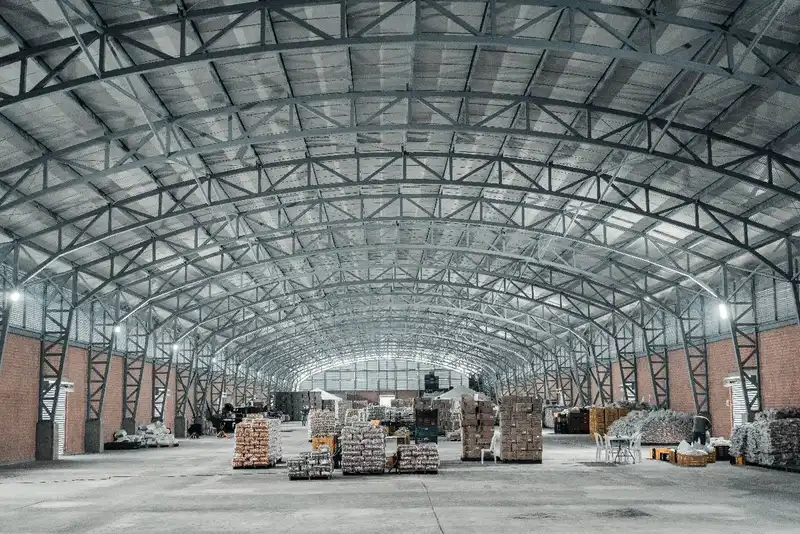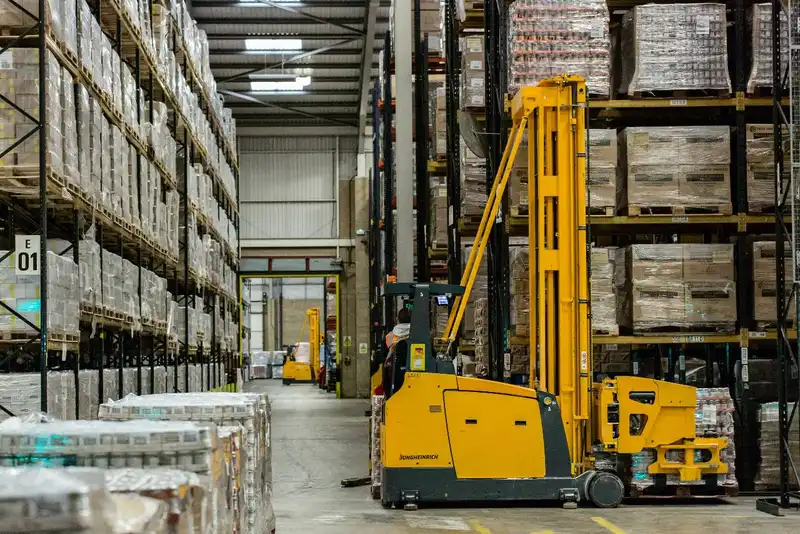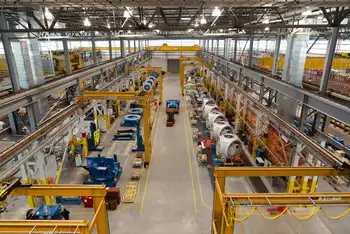Understanding the Inventory Flow- Process & Techniques
Companies that handle large volumes of physical stock should establish a management system to monitor and direct inventory flow throughout the supply chain. Inventory flow is the system of unique control methods that businesses use to regulate product activity within their operations. This process spans from manufacturers sourcing raw materials to retailers stocking finished goods.
A smooth flow of inventory ensures that all processes handling stock, such as production, transportation, and storage, are operating efficiently. With a clear understanding of the inventory flow phases and best practices, businesses can optimize their stock management.
The Flow of Inventory

Businesses must manage their inventory flow to keep operations on schedule and avoid disruptions, whether they are handling raw material components or finished merchandise. There are several phases within this inventory flow that management should monitor, including-
1. Purchase
The initial purchase of goods begins the flow of inventory and sets a precedence of how the sequential processes will perform. Therefore, businesses should research different vendors to find the best price, products, and quality.
Management can research supplier histories from competitors for vendors and optimal order sizes. Oftentimes, it is better to order too much than too little, as stockouts can impact company efficiency and revenue.
2. Store
Once the order is placed and products have arrived, it is time to find the proper storage space. Regardless of whether the inventory is stored in a warehouse or supplies room, there should be adequate space for an organizational system.
Organized stock reduces the time needed to find and retrieve products, streamlining production and order fulfillment.
3. Use
During the use phase, raw materials and products are taken from storage for production or final delivery. The efficiency of this phase depends heavily on how well the inventory was stored.

4. Track
Organizations should establish a tracking system to trace stock movement when items are produced or shipped to buyers. This allows management to monitor inventory levels and ensures timely deliveries.
5. Reorder
With knowledge of real-time stock quantities, companies can place reorders as soon as materials have depleted past their minimum levels. This prevents stockouts, which can result in disrupted operations and lost sales.
6. Forecast
Running through the previous phases generates metrics that provide actionable insights on emerging trends.
Unlike the previous steps, which are reactive, forecasting is a proactive practice that uses historical data to estimate future fluctuations of demand and usage. This allows management to order stock ahead of time to avoid the risks associated with unexpected events.
Core Inventory Management Techniques

In order to track the various inventory flow phases, businesses need to establish an effective management system that records stock movement for further analysis. This enables management to optimize their inventory control to regulate cash flow and supply chain management.
Organizations can improve their inventory management processes with different techniques, such as-
- Stock Evaluation
Typically, stock evaluations are performed using automated tools such as barcodes and software. This reduces the chance for human error, such as miscounting and erroneous calculations. Automation also streamlines the review process, saving manual labor and time.
- Cycle Counting
This allows operations to continue uninterrupted so staff members can complete counts on a reasonable schedule. The system is repeated until all stock quantities are recorded by the end of the year.

- ABC Analysis
This method enables management to regulate inventory usage by maintaining healthy safety stock levels that provide flexibility in case of unexpected demand fluctuations. With buffer inventory, businesses can maintain workflow, sales, and revenue.
- Just-in-Time
Failure to consider logistical threats could result in delayed orders and dissatisfied customers. However, businesses that successfully utilize the JIT method can reduce lead times and maintain minimal on-hand product levels.
- FIFO/LIFO
Companies should consider their product lines and industry before implementing a method to improve their inventory flow.
Optimize Inventory Flow with Ordering Software

Businesses can optimize their inventory flow through automation using ordering software. Modern ordering systems minimize the time it takes to assess stock metrics, place reorders, and assess product usage.
With these tools, management can easily search for vendors and materials using filters that select suppliers based on the ideal location, price point, and quality. Catalogs are also available through the software, streamlining the ordering process.
Advanced software can even be programmed to automatically place reorders based on real-time inventory quantities and purchase history. Users are alerted before the final request is made, allowing management to decide if they want to consolidate orders or add supplies.





